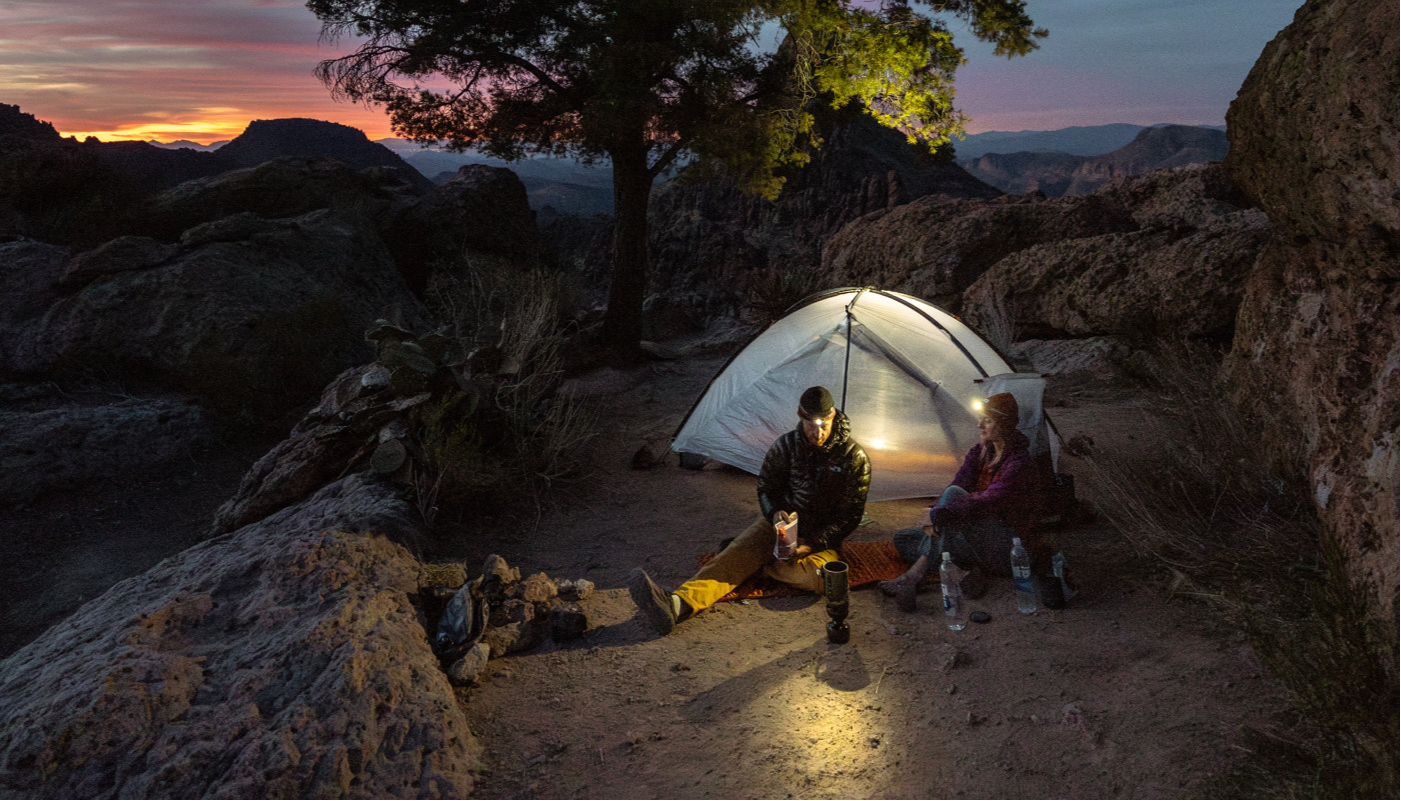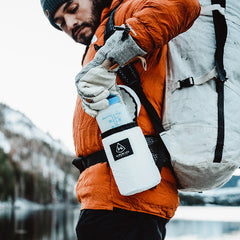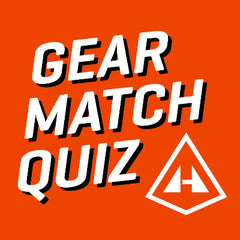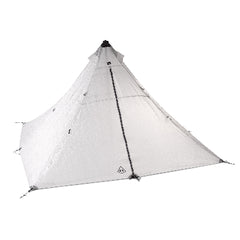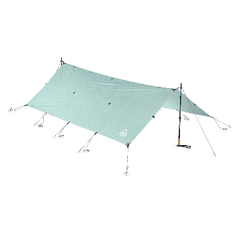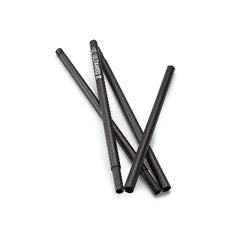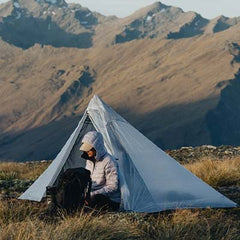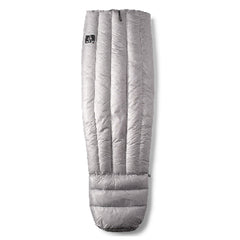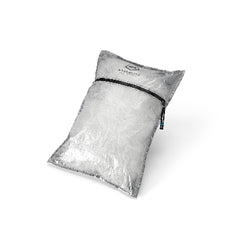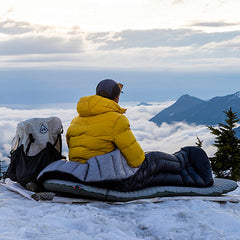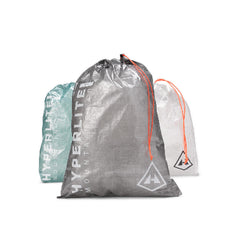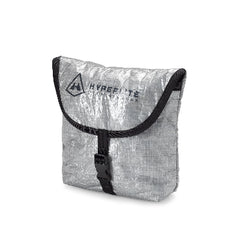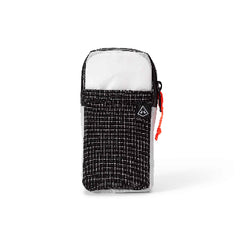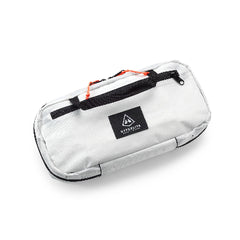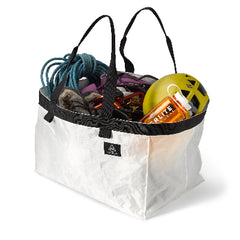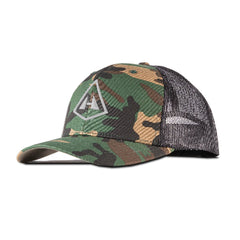The Trailhead
Every journey has a first step. And some of the greatest, most meaningful journeys begin at trailheads. Welcome to ours! Here you’ll learn about gear, see route and trail intel, and dive into stories, images, and videos from our global community of adventureheads like you. Think of it like "The Third Place"–not home, not work, but your other most important/favorite place. The spot to hang out around like-minded people and have your life decisions and priorities validated. You won't need to justify your latest gear purchase or explain why you're using up all your paid time off hours to this crowd. They get it. Let’s go!

ONE WINDRIDER, SIX FEET: CHLOE AND AMBER HIKE THE COLORADO TRAIL

TINA CURRIN SETS THE UNSUPPORTED FKT ON THE L.A. FREEWAY

JEFF WOHL FROM NOLS REVIEWS THE ULTAMID 2 PYRAMID SHELTER

BEAR IT WITH A GRIN: HOW A MODERN, LIGHTWEIGHT SETUP MADE MY THRU HIKE BETTER

WORK TRIP: A BIKEPACKING CIRCUMNAVIGATION OF MOUNT KATAHDIN IN MAINE

THE LAND OF FIRE AND ICE: BACKPACKING ICELAND WITH CODY JACKSON

ROAM ON THE RANGE SUCCESS! A NEW CROSSING IN THE NORTH CASCADES

STEPPING BACK TO STEP FORWARD ON A CALENDAR YEAR TRIPLE CROWN

IN THE RUN UP TO TOR DES GÉANTS WITH WILL PETERSON

SO. MUCH. NOTHING. THE GREAT DIVIDE MOUNTAIN BIKE RACE WITH QUINDA VERHEUL

JUST PEDAL: MARCO JOHNSON BEGINS THE EUROPEAN DIVIDE BIKEPACKING ROUTE

